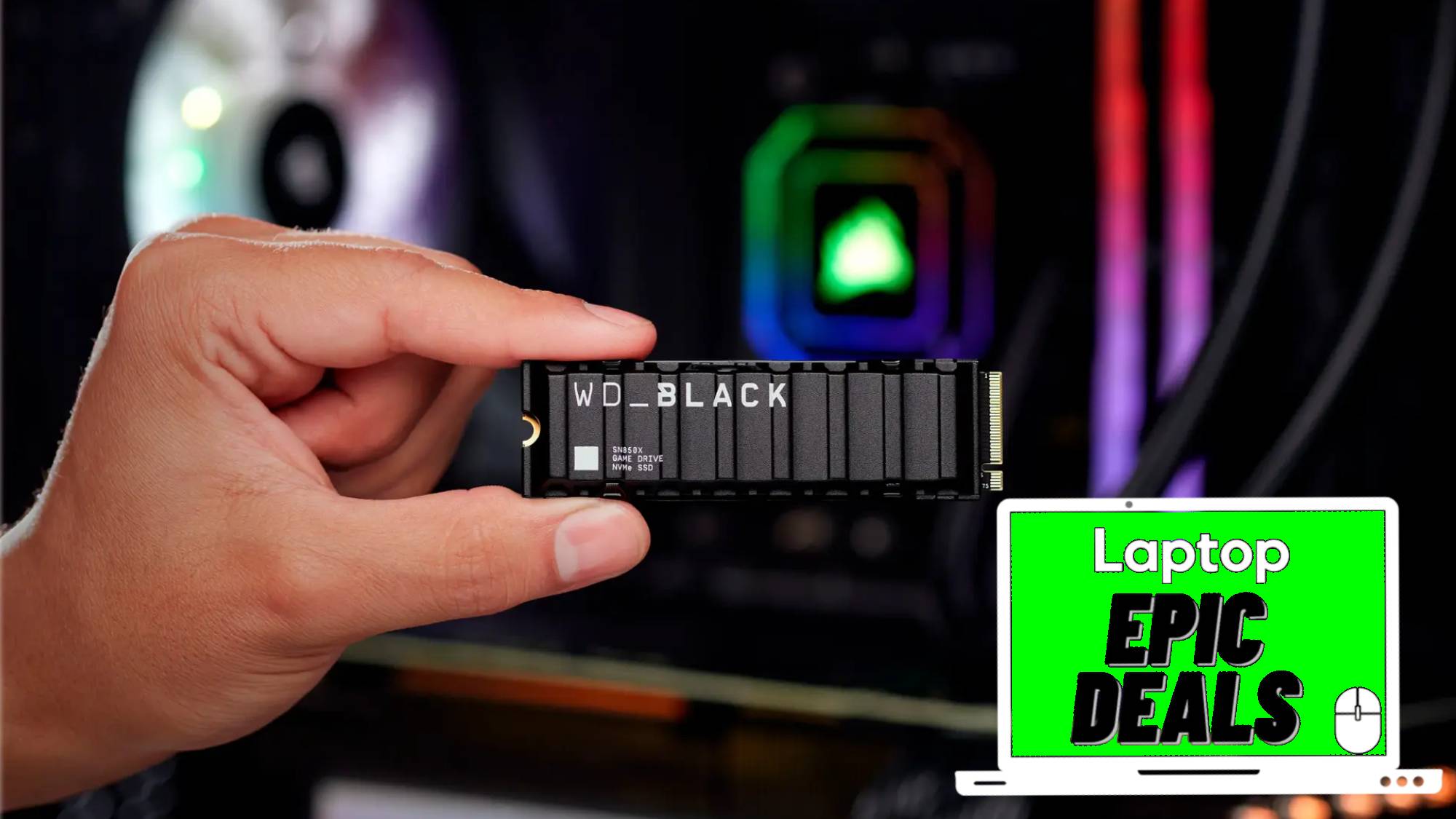Pixel 6a vs. iPhone 13 mini: Which small phone should you buy?
It’s Apple vs. Google in this battle between small phone champs
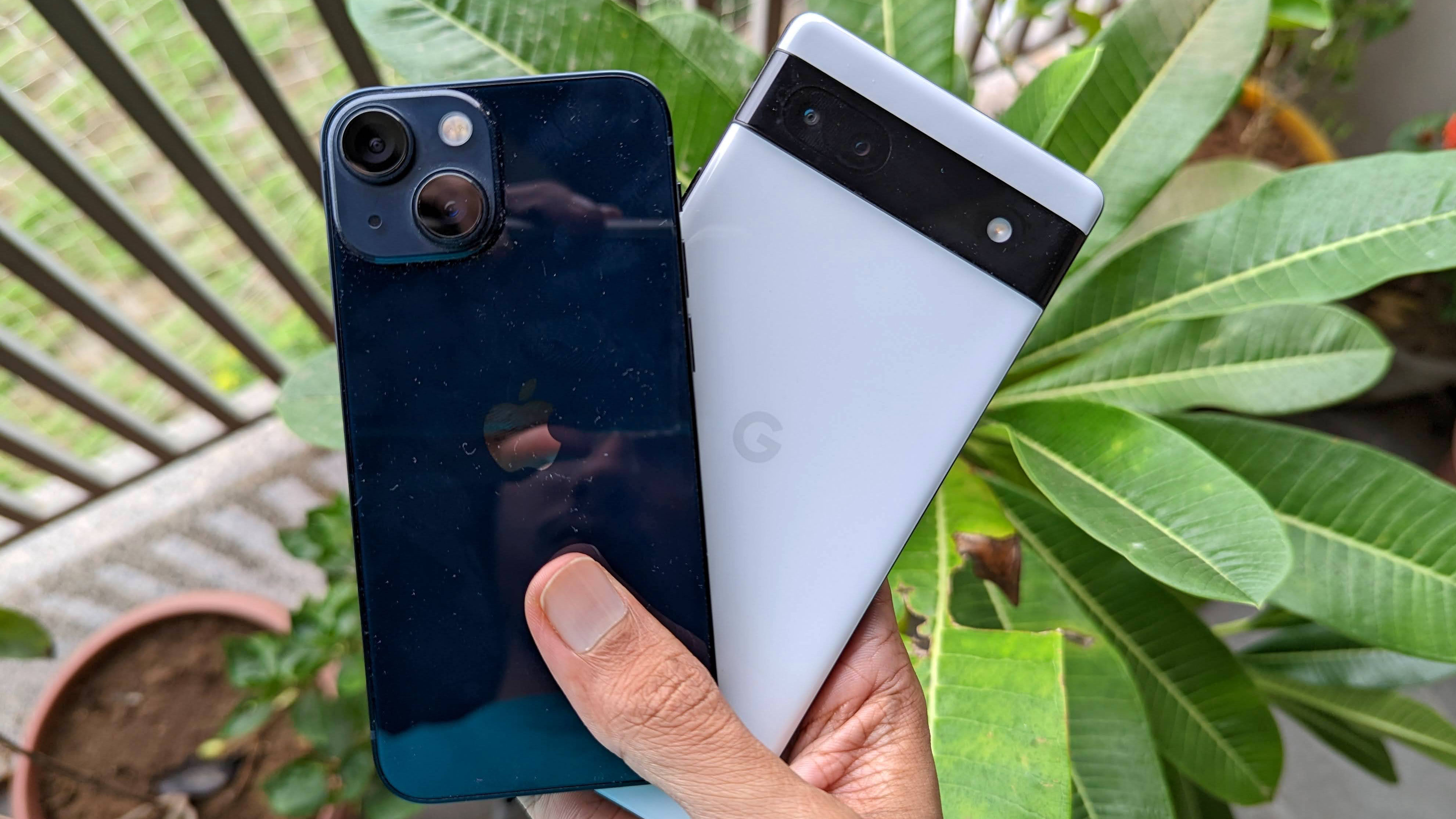
The Pixel 6a isn’t a small phone by most standards. But at one-ounce lighter and 0.25-inch shorter than the pricier Pixel 6, it’s far more ergonomic for one-handed use. Not to forget the absence of a bulky, protruding camera bump, meaning your fingers don’t have to work as much to hold the Pixel 6a. So how does it compare to the smallest option from the iOS camp: the iPhone 13 mini?
The Google Pixel 6a and Apple’s iPhone 13 mini couldn’t be more different, but they share one common trait: they are handier versions of their larger siblings that inherit the same performance and looks. They’re the most affordable options for someone to buy into their respective ecosystem’s flagship experience. And, thanks to certain deals, they’re not too far apart in pricing, either. The question is, which should you choose: Pixel 6a or iPhone 13 mini?
| Header Cell - Column 0 | Pixel 6a | iPhone 13 mini |
|---|---|---|
| Price | $449 | $429 |
| Display | 6.1-inch, 2400 x 1080, OLED 60 Hz | 5.4-inch, Super Retina XDR OLED, 2,340 x 1,080 pixels |
| CPU | Google Tensor | A15 Bionic |
| RAM | 6GB | 4GB |
| Storage | 128GB | Starts at 128GB |
| Selfie camera | 8MP | 12MP |
| Rear cameras | 12.2MP wide, 12MP ultrawide | Dual 12MP lenses (wide and ultra-wide) |
| Battery size | 4,410 mAh | 2,438 mAh |
| Colors | Chalk, Charcoal, Sage | Red, Orange, Lavender, Mint, Navy, WhiteStarlight, Midnight, Blue, (PRODUCT)RED, and Pink. |
| Dimensions | 5.9 x 2.83 x 0.35 inches | 5.2 x 2.5 x 0.3 inches |
| Weight | 6.28 ounces | 4.97 ounces |
Pixel 6a vs iPhone 13 mini: Price
The Google Pixel 6a is only available in a single configuration (6GB and 128GB) and it costs $449.
The iPhone 13 mini starts at $699 (with an installment plan) or $729 unlocked for 128GB of storage. Its 256GB variant is priced at $799 and the 512GB model costs $999.
If you are someone that hangs on to your phone for 6 years or beyond the value equation may start to tip toward the iPhone 13 mini, but for most people, the Pixel 6a is the clear winner here.
Winner: Pixel 6a
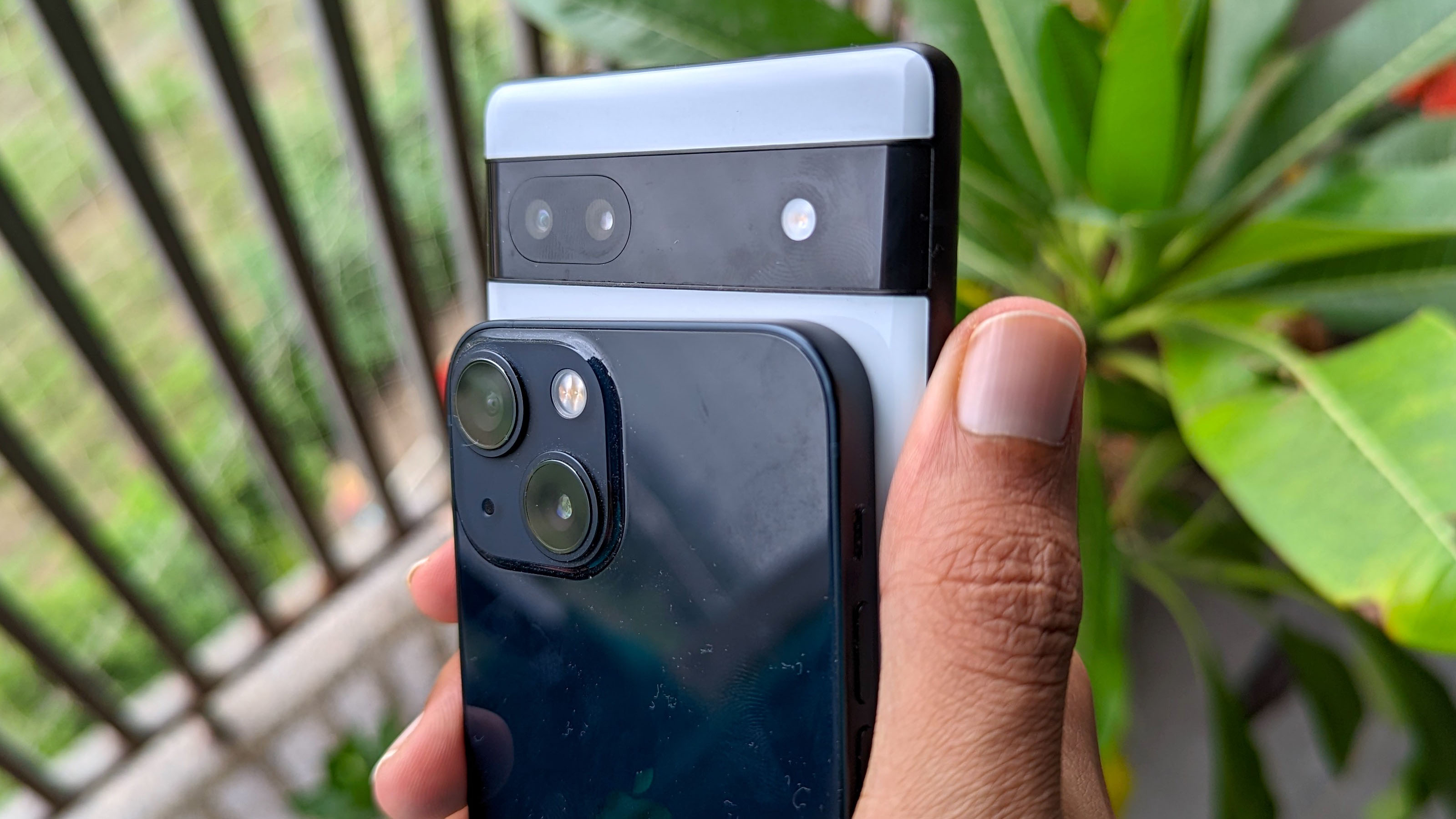
Pixel 6a vs. Pixel 6: design
The Pixel 6a and iPhone 13 mini are two equally handsome phones. However, their designs will appeal to disparate kinds of people. The Pixel 6a is a head-turner, whereas the iPhone 13 mini has an understated appearance.
Stay in the know with Laptop Mag
Get our in-depth reviews, helpful tips, great deals, and the biggest news stories delivered to your inbox.
The former carries on Google’s tradition of opting for fresh, playful, and eccentric looks. It features a dual-tone rear with a periscope-like black glass strip at the top housing the camera lenses and flash. Though it’s made out of plastic, it doesn’t feel like it: it has a smooth glass texture and finish that’s both pleasant to hold and doesn’t add too much weight. The edges also have a texture that helps with the ergonomics, while the front is dominated by a 6.1-inch screen barring the little front camera cutout.
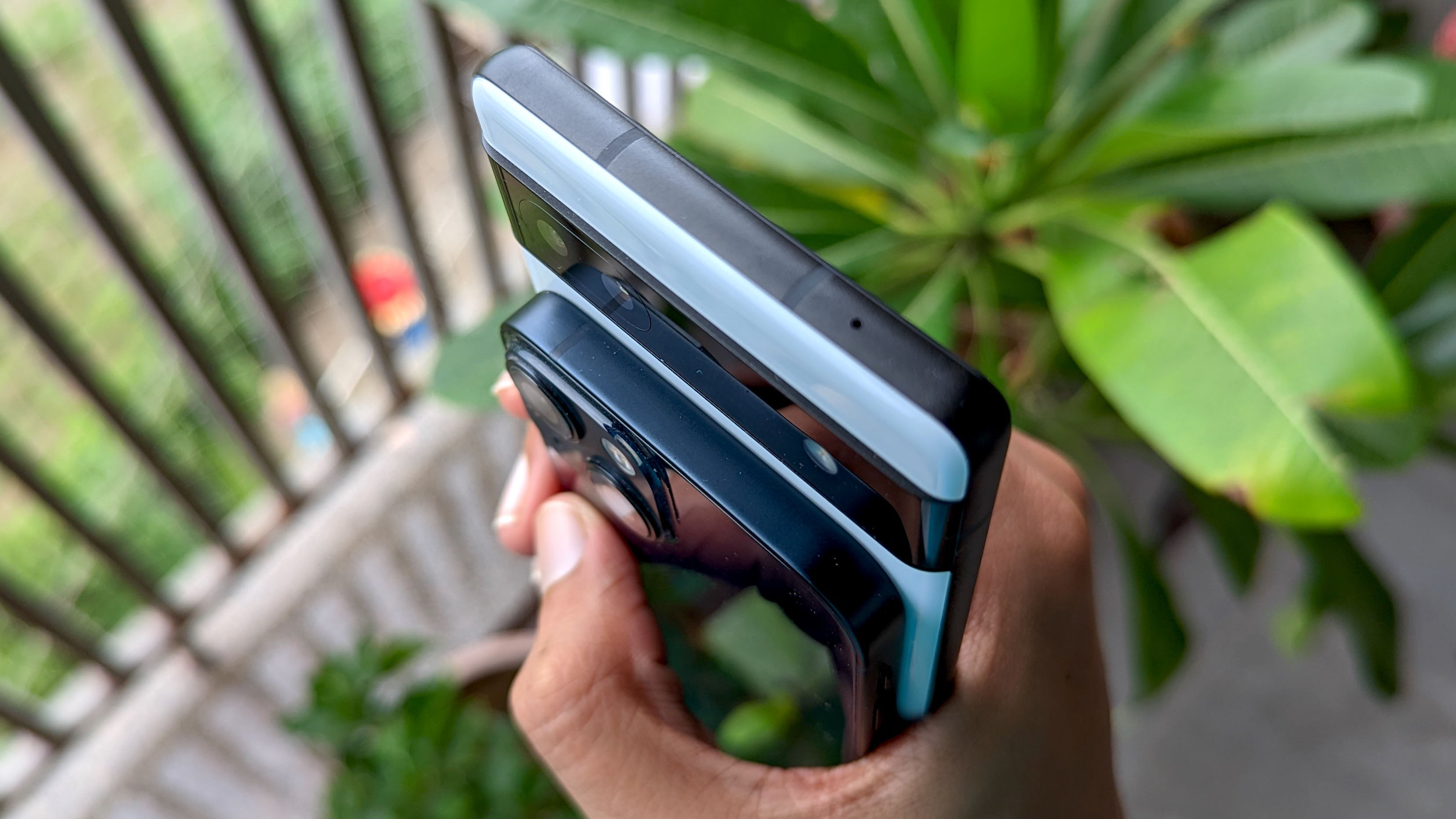
The iPhone 13 mini, on the other hand, has a nearly two-year-old industrial glass exterior. Compared to the Pixel 6a especially, the 13 mini comes off as sturdier and something that can better withstand drops and accidents. Part of the reason is that it’s one seamless piece of engineering as opposed to the Pixel 6a, which has a handful of separate parts like the camera section. The sides are squared off here and, although they don’t naturally sit in a hand like curved ones, they provide ample room for your fingers to comfortably rest on.
The elephant in the room is, of course, the size difference. The iPhone 13 mini (5.2 x 2.5 x 0.3 inches, 5 ounces), as its name suggests, is a compact device ideal for one-hand use. It can fit in any pocket and you can even reach all of the 5.4-inch screen’s corners without readjusting — a perk almost no other phone offers.
The best way to describe the Pixel 6a’s footprint is that it’s not giant, unlike the Pixel 6 and the Pixel 6 Pro. It’s the best of the two extreme worlds; the relatively narrow form factor allows average-sized hands to operate it with a single hand and yet, its screen is big enough for you to consume media on it without squinting your eyes. Because of this, the Pixel 6a (5.9 x 2.8 x 0.34 inches, 6.3 ounces) is expectedly heavier but since the extra 1.4 ounces is evenly distributed across its taller build, you can barely feel the added heft.
Winner: Draw
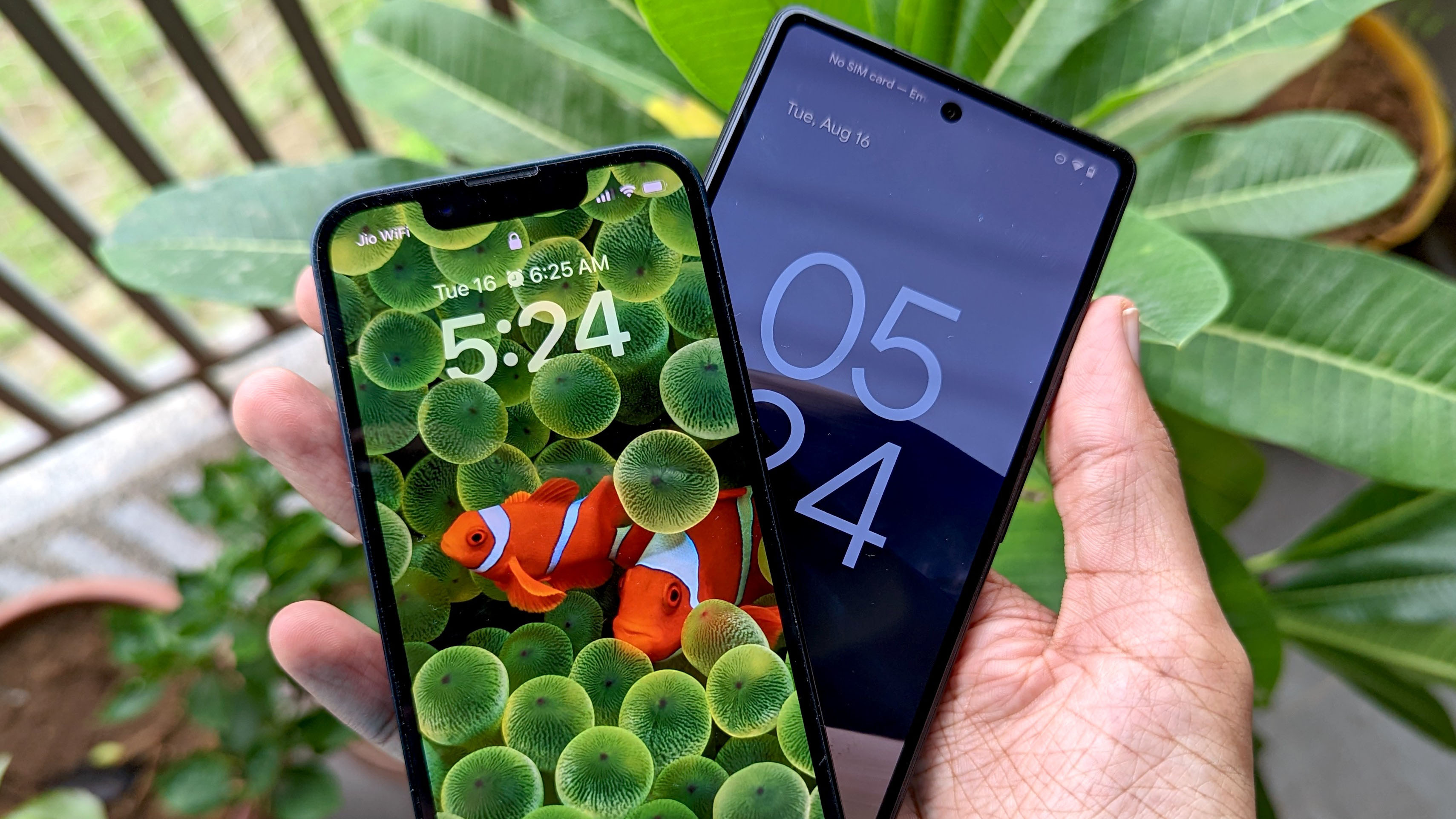
Pixel 6a vs iPhone 13 mini: Display
Except for the dimensions, the OLED screens of the Pixel 6a (6.1-inch) and iPhone 13 mini (5.4-inch) share several similarities. They both have 1080p resolution, support HDR, and are incredibly bright at about 800 nits. Thanks to these high-end specs, there’s little to complain about: they’re sharp, vibrant, and easily readable outdoors, even under direct sun. However, there are a couple of varying factors that can help you make you choose one over the other.
The Pixel 6a’s display undoubtedly has a more cinematic experience. It is not only larger by 0.7 inches, but thanks to the tinier notch for the selfie camera, it also offers uninterrupted screen real estate. It’s visibly better for just about everything you’d do on it, from playing games to scrolling through social media. Another advantage it has is that it can remain always-on and constantly show you the time, notifications, and date without draining too much battery.
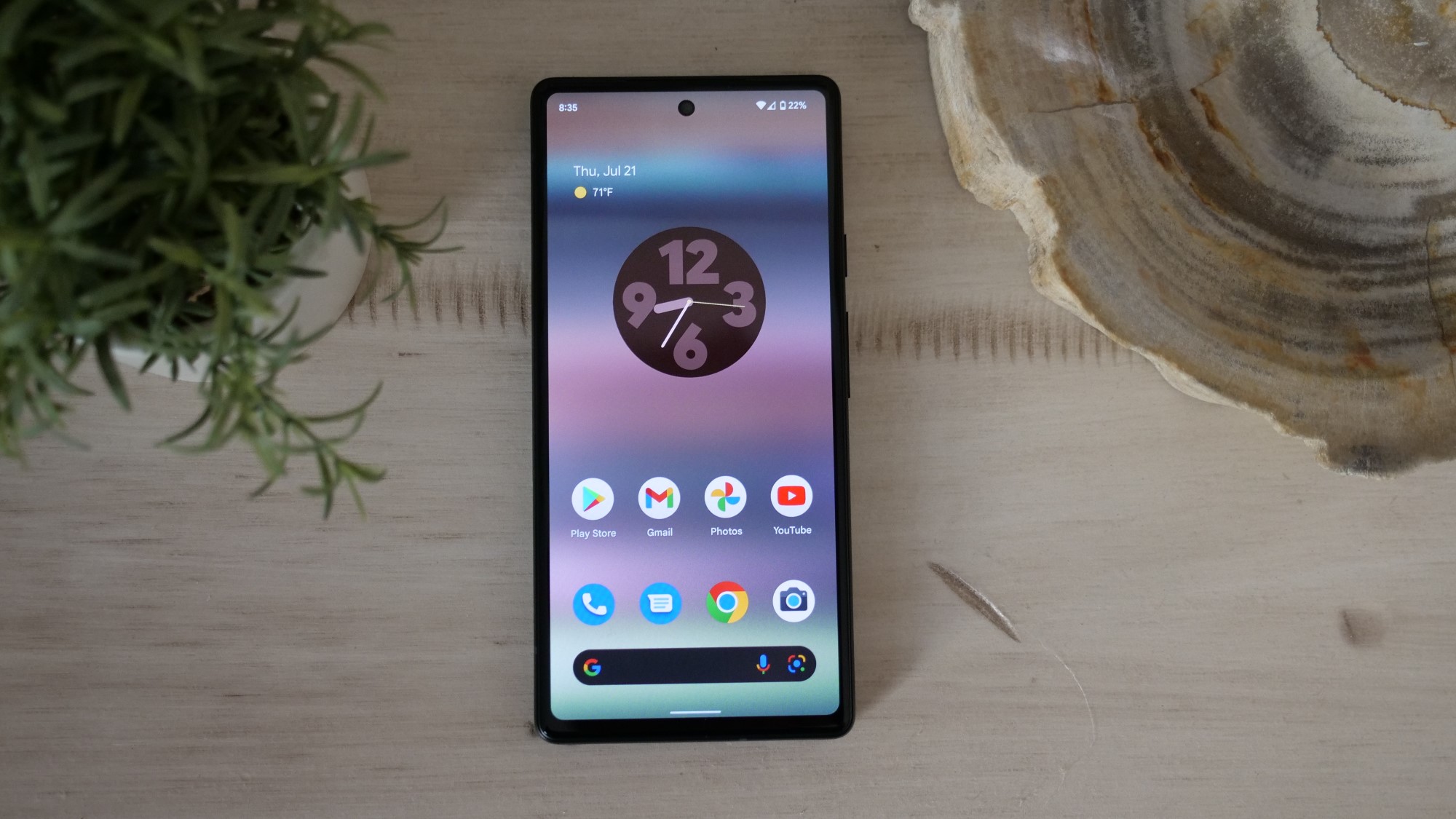
The 13 mini has tricks of its own. Its built-in True Tone tech automatically adapts to your room’s lighting and adjusts the display’s color temperature so that it’s more accurate and soothing. Plus, it has a ceramic layer that’s at least theoretically much stronger than the Pixel 6a’s protection.
However, if I had to pick, I would go with the Pixel 6a, as I often read on my phone.
Winner: Pixel 6a
Pixel 6a vs iPhone 13 mini: Hardware
Even though the Pixel 6a is a mid-range phone, it has a handful of upper-hands over the iPhone 13 mini, which is a premium flagship model.
The Pixel 6a comes equipped with the latest connectivity modules, such as Wi-Fi 6E and Bluetooth 5.2 compared to the latter’s Wi-Fi 6 and Bluetooth 5. These are largely incremental upgrades, but they will matter in low-connectivity scenarios. In addition, I’ve found the Pixel 6a’s in-screen fingerprint reader and USB-C port to be more convenient than the iPhone’s Face ID and proprietary Lightning charging slot. Its stereo speakers are also louder and crisper than the ones on the iPhone.
The one advantage the iPhone 13 mini (IP68 rating) has is that it can survive up to 6-meter deep water accidents for 30 minutes, while the Pixel 6a’s IP67 rating is limited to 1-meter.
Winner: Pixel 6a
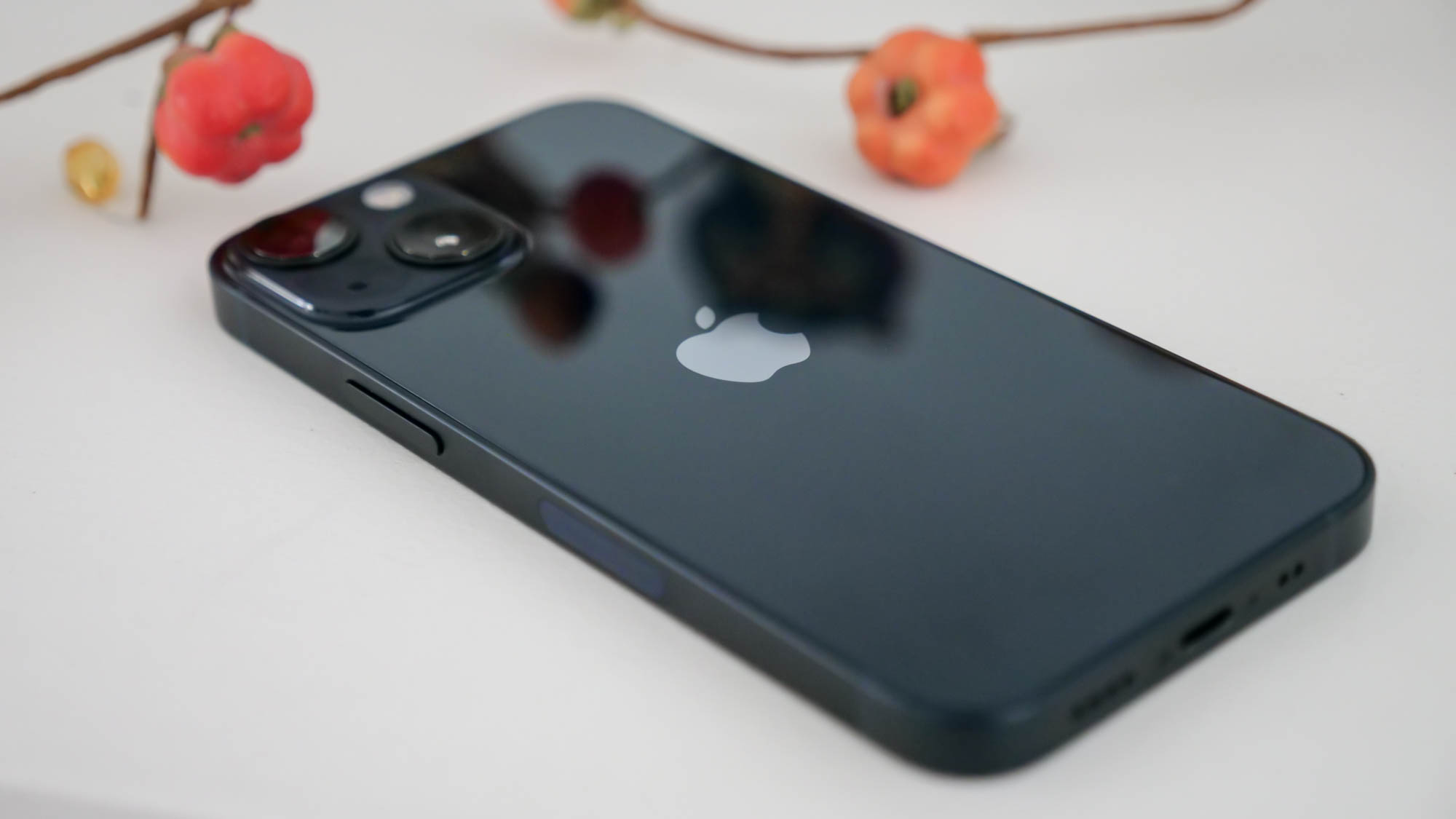
Pixel 6a vs iPhone 13 mini: Performance
The Pixel 6a and the iPhone 13 mini run on in-house, top-of-the-line chips developed by Google and Apple. Though there are some underlying technical differences, they’re both more than capable of handling all sorts of tasks without breaking a sweat. In real-life use, they can comfortably multitask between several resource-intensive apps like games and video editing. I never had to wait for apps and web pages to load on either and both of them rarely got warm unless I was charging them in my car on a sunny day.
On paper, however, despite the Pixel 6a’s extra 2GB RAM (6GB of RAM, octa-core) and an additional two cores, the iPhone 13 mini (4GB of RAM, hexacore) scored better on benchmark tests likely thanks to Apple’s years of refinements and experience in silicon design. On Geekbench 5, the iPhone 13 mini got a 1,705 single-core score and 4,426 multi-core score. The Pixel 6a fell remarkably short at 1,046 and 2,121, respectively. The iPhone 13 mini also has the added benefit of three storage options: 128GB, 256GB, and 512GB. The Pixel 6a is restricted to just 128GB.
Plus, Apple’s chips have a reliable reputation of lasting the longest in the industry and keeping devices smooth for years. The iPhone 13 mini is expected to receive major software updates for at least five years. The Pixel 6a is said to get three major Android yearly updates and five years of security patches.
Winner: iPhone 13 mini
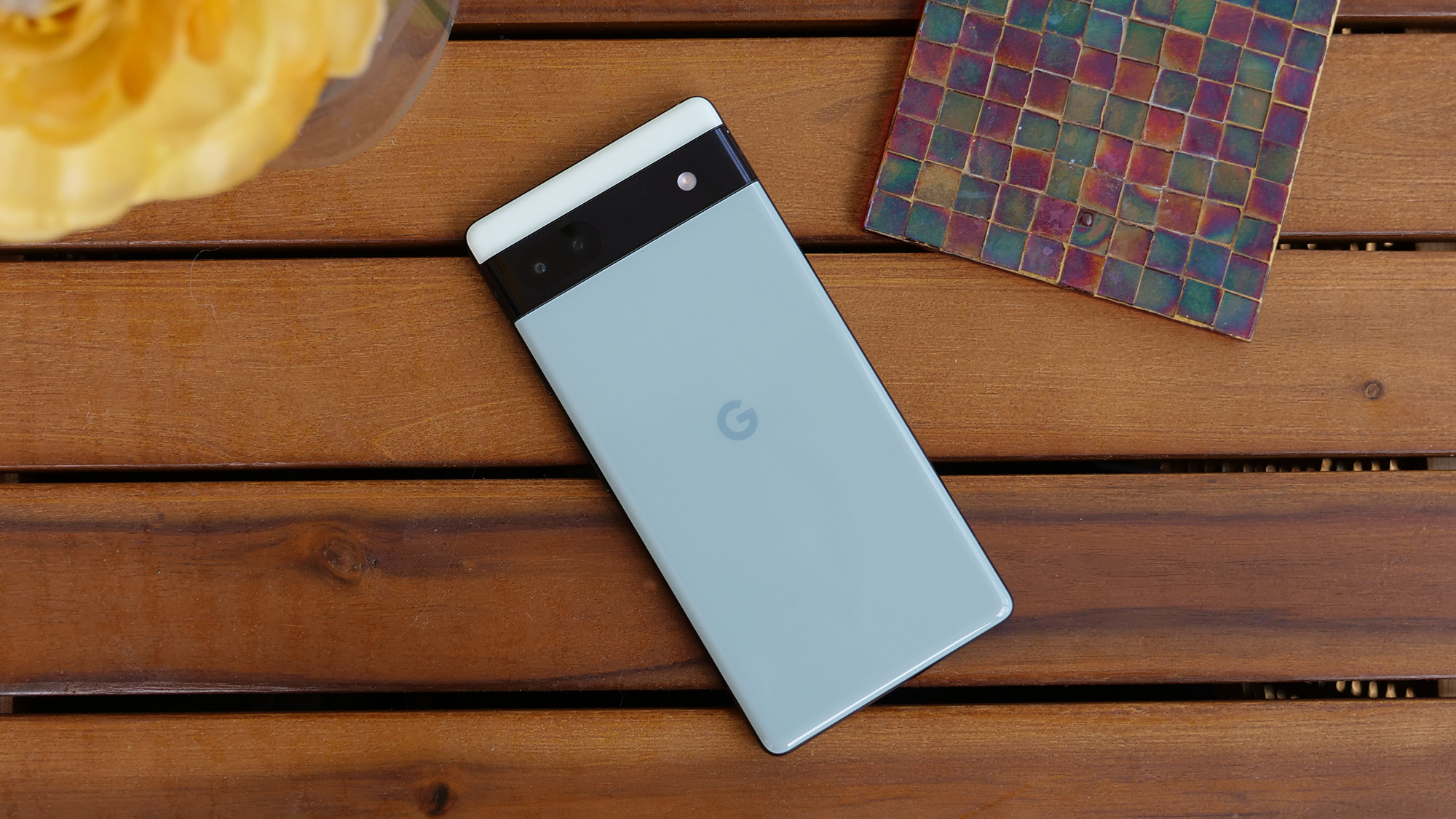
Pixel 6a vs iPhone 13 mini: Battery life
The iPhone 13 mini’s puny 2,438mAh battery is no match for the Pixel 6a’s nearly double 4,410mAh pack. If you’re careful, you can get a day out of the iPhone 13 mini’s battery with some juice left by night and an average screen time of 3-4 hours. However, the Pixel 6a is on another level. It can last up to two days on moderate use and produce an impressive screen on time of about 6 hours. You won’t have to worry about carrying a powerbank and a cable before heading out.
Both the phones can be fast-charged with a maximum 18W adapter. Of course, the Pixel 6a does take longer to top up completely (around2 hours and15 minutes), whereas the iPhone 13 mini can go 0% to 100% in under 90 minutes.
The one downside of the Pixel 6a’s battery is that it doesn’t support wireless charging. The iPhone 13 mini, in comparison, is compatible with 7.5W Qi fast wireless charging as well as 15W MagSafe charging.
Winner: Pixel 6a
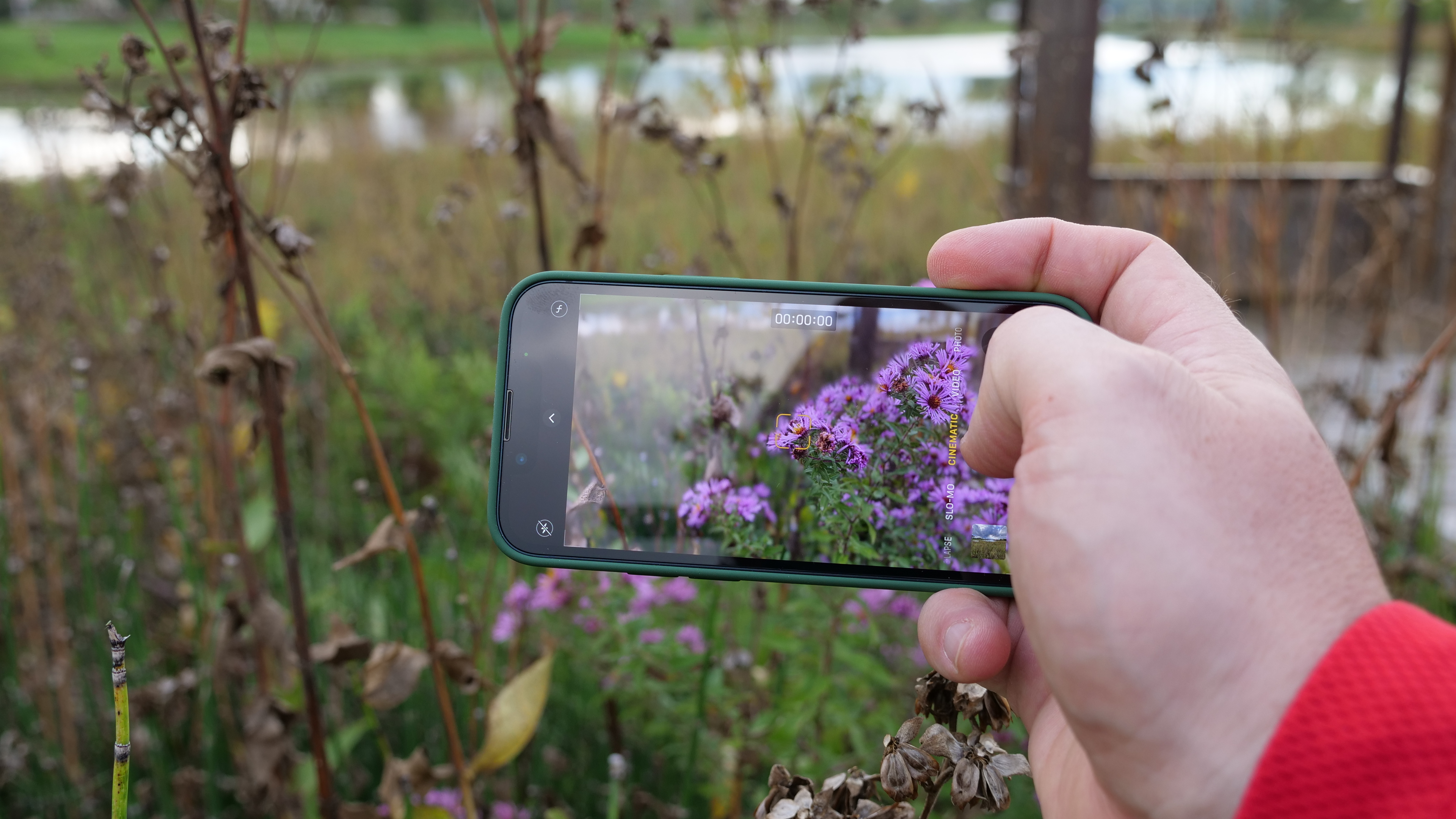
Pixel 6a vs iPhone 13 mini: Cameras
The iPhone 13 mini’s cameras theoretically best the Pixel 6a’s mid-range setup. Its main 12-megapixel shooter has a larger 1.7µm (vs. 1.4µm) sensor and a smaller f/1.6 (vs. f/1.7) aperture, meaning it can capture more light without compromising any details. But the reality hardly reflects that as both of them go toe-to-toe in results.
In daylight scenes, the Pixel 6a and the iPhone 13 mini can click well-lit and detailed pictures with rich and accurate colors. However, the idea of what a good shot looks like is different to Apple and Google. While the outcomes from the Pixel 6a have accentuated shadows and highlights and feature a contrast-y look, the iPhone 13 mini believes in balancing all the qualities.
For example, if you click something next to a bright window, the Pixel 6a’s shot will enhance both the foreground and background so that the photo is dramatic and vivid but not so much that you’d think it’s oversaturated. The iPhone 13 mini will blow up the light coming from that window to better expose the subject and you won’t be able to see much of what was visible outside from the window in the final shot.

At night, the Pixel 6a and the iPhone 13 mini do a decent job of ensuring your pictures are not blurry and still have plenty of details and light. You won’t be able to tell that the iPhone has a technically superior camera since Google’s clever software algorithms clean up whatever the 6a’s hardware messes up. Speaking of which, on the Pixel 6a, you’ll find a handful of smart camera features to edit your photos. You can remove unnecessary objects from images after you’ve shot them and adjust the angle at which the light is falling on someone’s face.
Both their secondary ultra-wide cameras are fun to play with but don’t expect print-worthy results from them. Though they let you capture a wider scene, the lenses themselves are not high-quality. You’ll often see that the edges are a tad distorted and the lighting and dynamic range are off. But as long as there’s enough light out and you’re not trying to shoot a moving object, you’ll get great shots out of both the ultra-wide cameras.
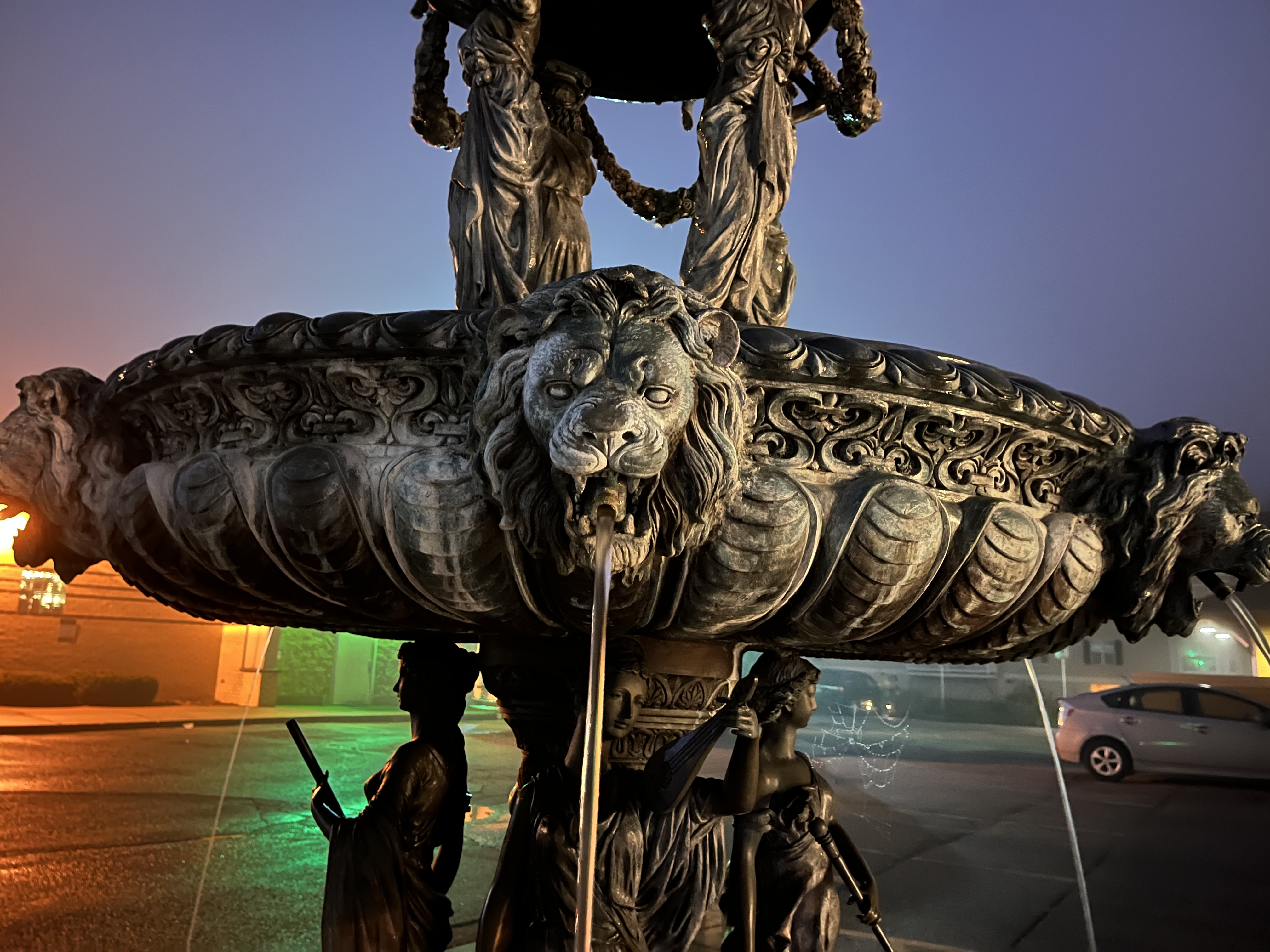
While it’s hard to pick a winner in photography, the iPhone 13 mini is ahead when it comes to recording video. Its footages are more stable, better exposed, and smoother. I’ve often found clips shot on the Pixel 6a turn out choppy or become inconsistent midway with the dynamic range and colors.
The outdated 12-megapixel selfie camera is arguably the iPhone 13 mini’s biggest letdown. It has a tendency to overexpose, which means not only the skin tone is usually inaccurate and lacks details, but the background is unnecessarily blown up, too. The Pixel 6a’s 8-megapixel shooter can retail skin tones as they are, brilliantly balances the dynamic range, and captures a greater amount of details.
Winner: Pixel 6a for photos, iPhone 13 mini for videos
Pixel 6a vs iPhone 13 mini: Which should you buy?
The Pixel 6a and the iPhone 13 mini each have their own pros and cons. The former is meant for those who spend a lot of time on their phone screens and are looking for an option with a large screen for mobile entertainment and a long-lasting battery. It’s also excellent at photography and its design is far more exciting. And you’ll likely save a couple of hundred bucks in the process.
The iPhone 13 mini is for buyers who use their phones purely from a utilitarian standpoint. For that, the 13 mini’s size is perfect for one-hand use, and with Apple’s impressive track record for software support, it will go on for years. Its cameras, of course, are dependable too and as a 13 mini owner myself, I can tell you it will rarely capture a photo or video that won’t meet your expectations.
So based on your preferences, you can pick between the Pixel 6a and iPhone 13 mini. For a better breakdown of each phone, check out our reviews.
Shubham Agarwal is a freelance technology journalist from Ahmedabad, India. His work has previously appeared in Business Insider, Fast Company, HuffPost, and more. You can reach out to him on Twitter.
